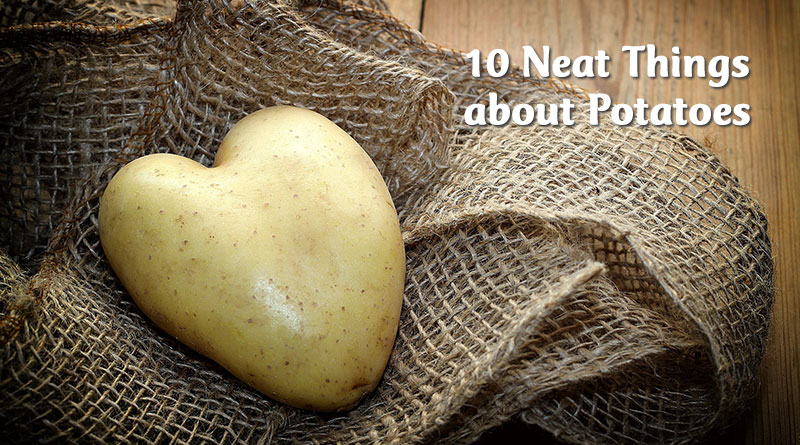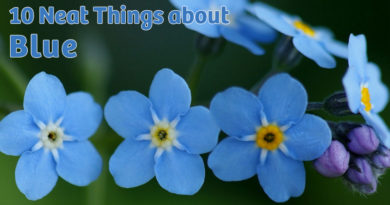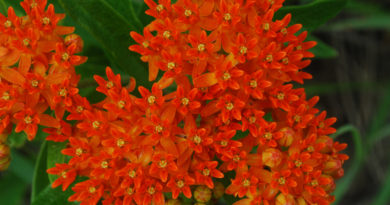About Potatoes
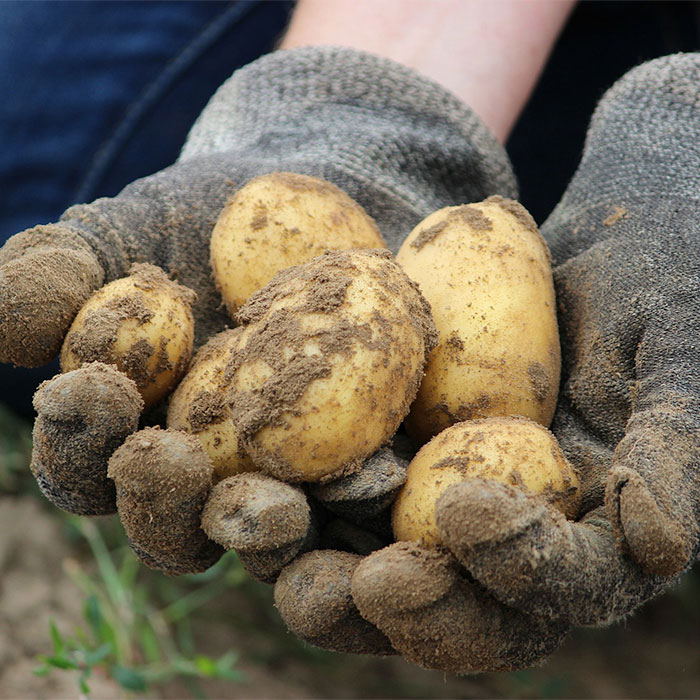
1. The potato diet.
Potatoes have a bad reputation as a heavy carb food that adds inches to waistlines. But an average spud weighing 3.5 ounces contains only about 110 calories. Not only that but, although the lowly spud is filled with starch, seven per cent of this starch in a raw potato is what is called resistant starch, meaning that it cannot be broken down in the small intestine and therefore passes through to the large intestine as bulk — just as fibre does and with the same benefits. Cooking decreases the resistant starch, but then cooling cooked spuds cause the resistant starch levels to rise again.

2. Lord Byron loved spuds.
The portly poet went on a potato diet. He drenched his spuds in vinegar and melted from 182 pounds to 126 pounds. More recently, a fellow name Chris Voigt in the United States, decided he wanted to test the theory. Needing 2,200 calories a day to maintain his weight, he ate 20 potatoes a day for 60 days and lost 20 pounds. His blood glucose levels went from 104 to 94; cholesterol from 214 to 127 and triglycerides from 135 to 75. At the end of his diet his blood pressure was 112 over 70. He said getting 20 spuds down was his biggest challenge.
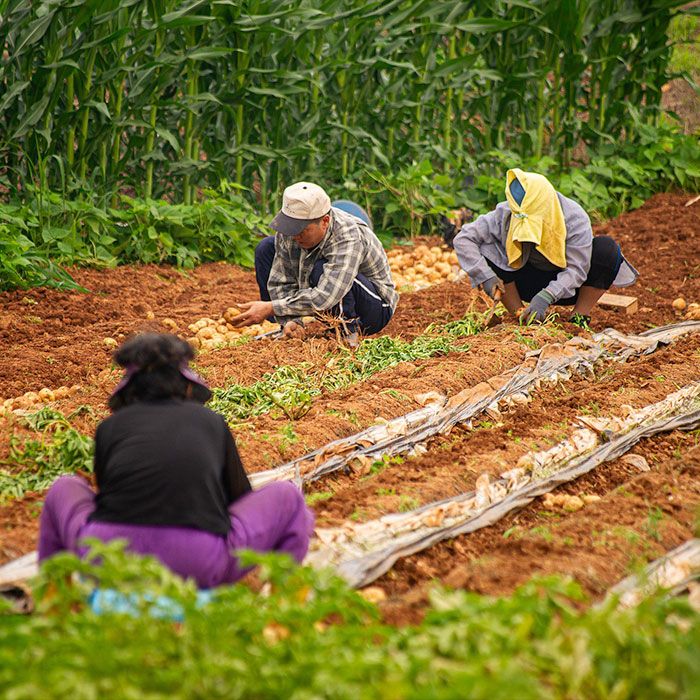
3. How potatoes changed the world.
Potatoes have an incredible nutritional profile – in fact they are credited with the rise of the Western World between 1750 and 1950, nourishing northern European populations and providing the chief energy source that allowed these growing populations to dominate the world. Now they are feeding the rest of the world – China is the largest grower globally, followed closely by India. They are the world’s fourth largest food crop, following corn (first), wheat (second) and rice (third).
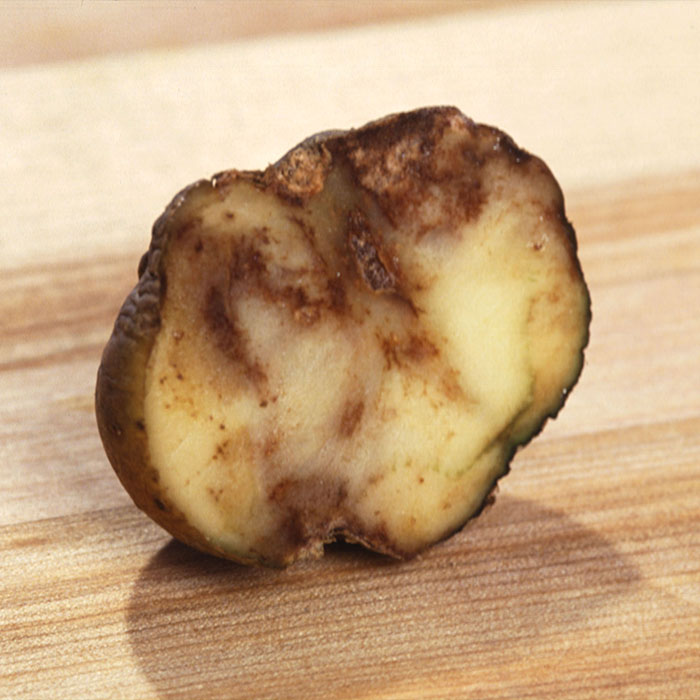
4. Almost perfect.
Potatoes are high in a long list of nutrients, exceeding the daily requirement in some. They so well fed the Irish that, in the 19th century, the population became almost totally dependent on this crop until the late blight Phytophthora infestans – the same scourge that sometimes gets our tomatoes – destroyed the single variety grown then and caused the Great Irish Potato Famine of 1845 to 1852. One million people died of starvation and another million emigrated due to the failure of the crop, a 20 to 25 per cent reduction in Ireland’s population.
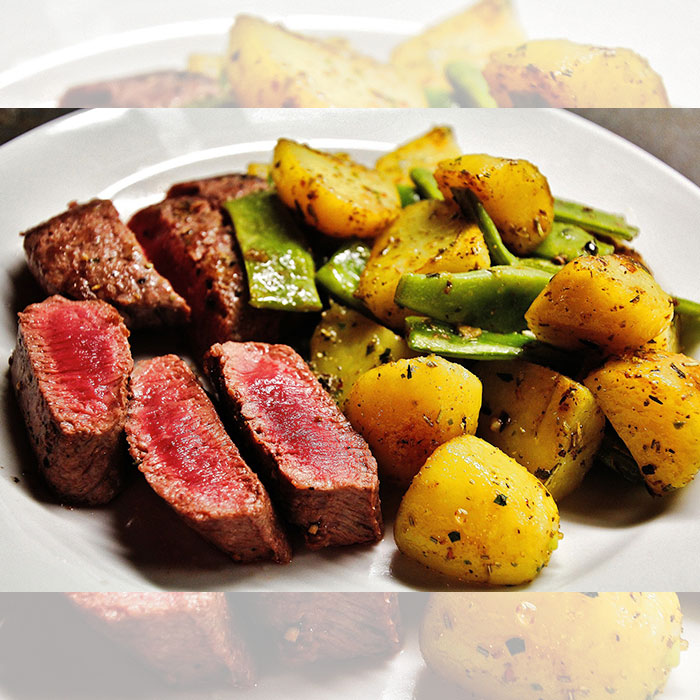
5. Just add meat.
About the only major nutrient potatoes are somewhat deficient in is protein. Just add meat. And not a lot. Only one calorie out of 10 needs to come from protein. Potatoes are about two per cent protein measured by fresh weight.
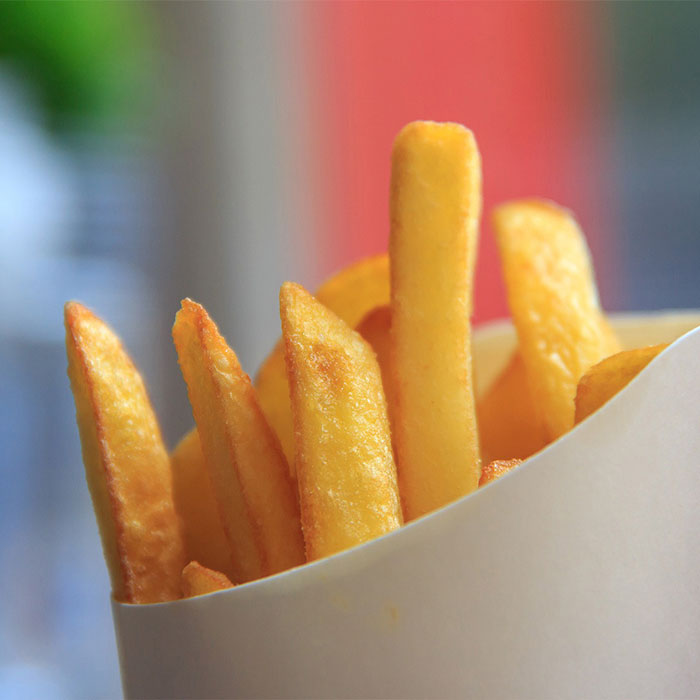
6. Potato eaters.
The average American eats almost 138 pounds of potatoes in their lifetime. That’s a lot of spuds: 50.7 pounds are fresh and boiled or baked, 55.3 pounds are from frozen stock as in hash browns and French fries, 16.9 pounds are from chips and 15 pounds are either dried or canned. The problems associated with obesity are not from the spuds themselves, but rather because of what people put on them: butter, mayonnaise, saturated fats, cheese, bacon and so on.
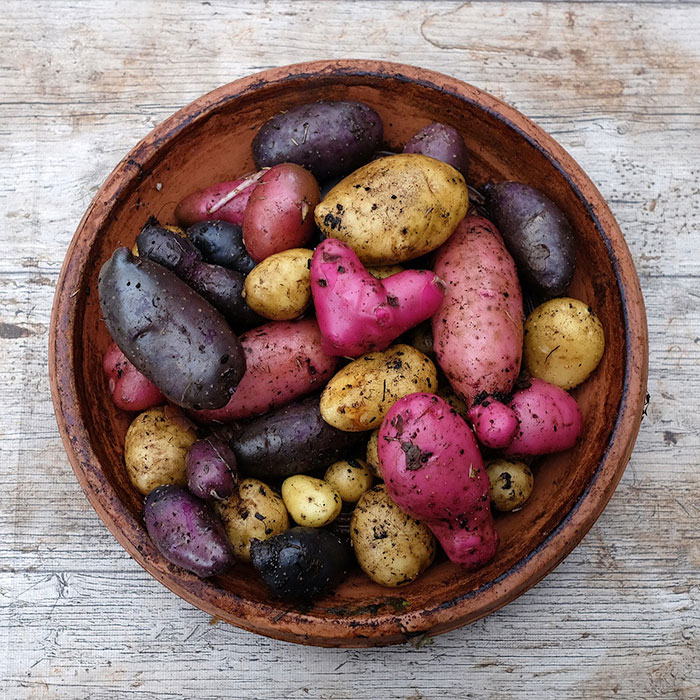
7. Red and yellow, pink and blue.
Potatoes (Solanum tuberosum) and their flowers come in a variety of hues. The white-flowered plants usually produce white-skinned varieties. The other, coloured flowers produce spuds with red skins. Although there are now over 1,000 varieties, the original plant has been traced to a single source in the Andes of Peru and Bolivia, where they were domesticated at least 7,000 and perhaps 10,000 years ago.
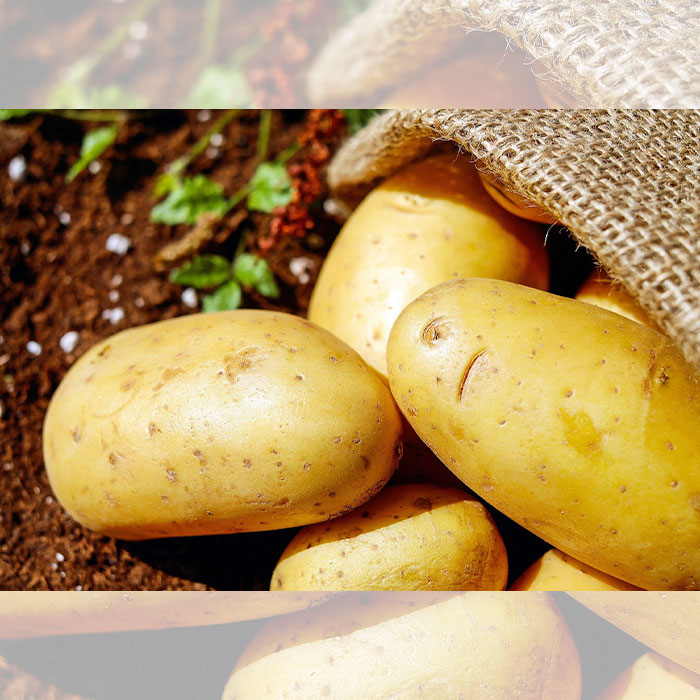
8. The old ‘What’s in a name?’ game.
The word potato is from the Spanish patata, which referred to the small sweet potato. The white potato was called the bastard potato or Virginia potato, while sweet potatoes were called common potatoes. And no, it is not true that the slang term, spud, is from the acronym for Society for the Prevention of an Unwholesome Diet, the name of an 19th century activist group that wanted to keep the potato out of Britain. Spud apparently comes from the word for the tool used to dig planting holes for potatoes, which are usually grown as clones from tuber cuttings.
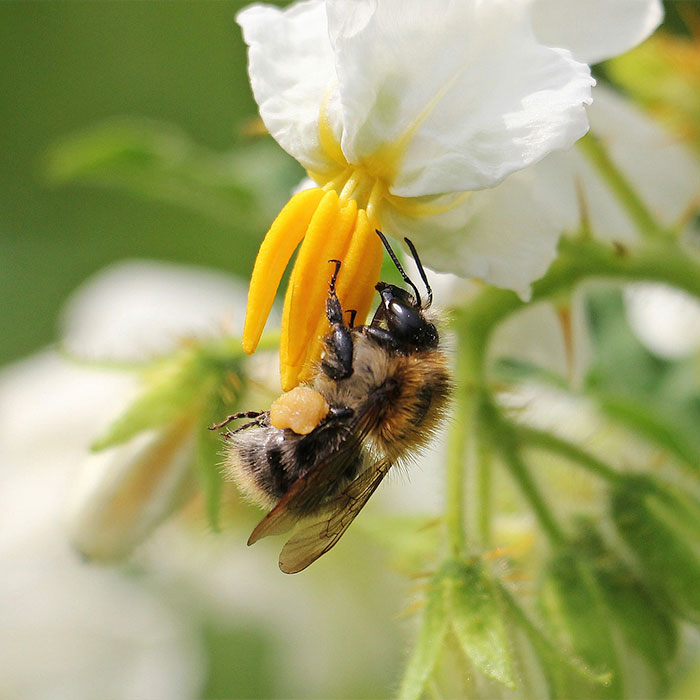
9. True potatoes.
Potatoes that grow from seed are called ‘true potatoes’. It is not known what they are “true” to since the spuds produced will not come ‘true’ to the parent. The seeds are produced after flowering, when you will see little green tomato-like fruits appear on the stems. These seeds, like the stems and leaves of the plant, are toxic, containing alkaloids that can make a person really ill and even kill them. Pollination is by the buzzing bumblebees in flowers, aided by some self-pollination.
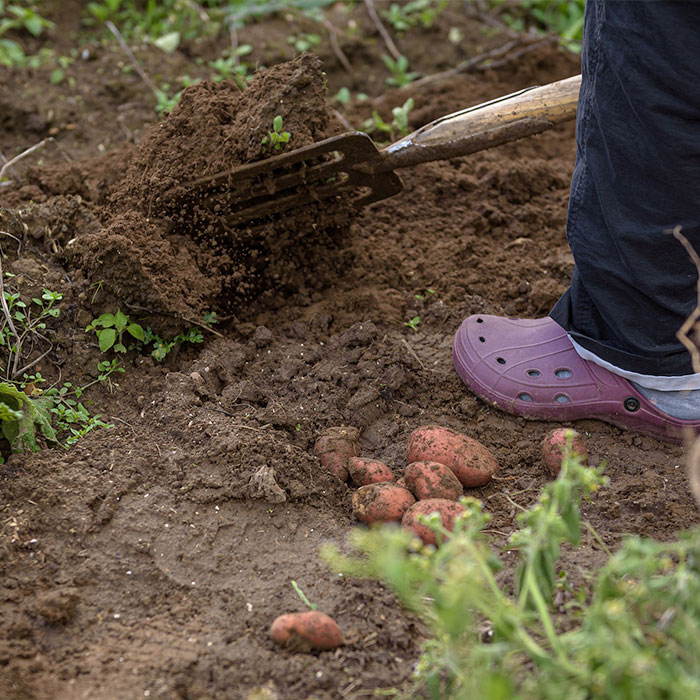
10. The days grow shorter.
Potato production is stimulated by a reduction in light as the days grow shorter.
– Dorothy Dobbie Copyright©
Pegasus Publications Inc.

